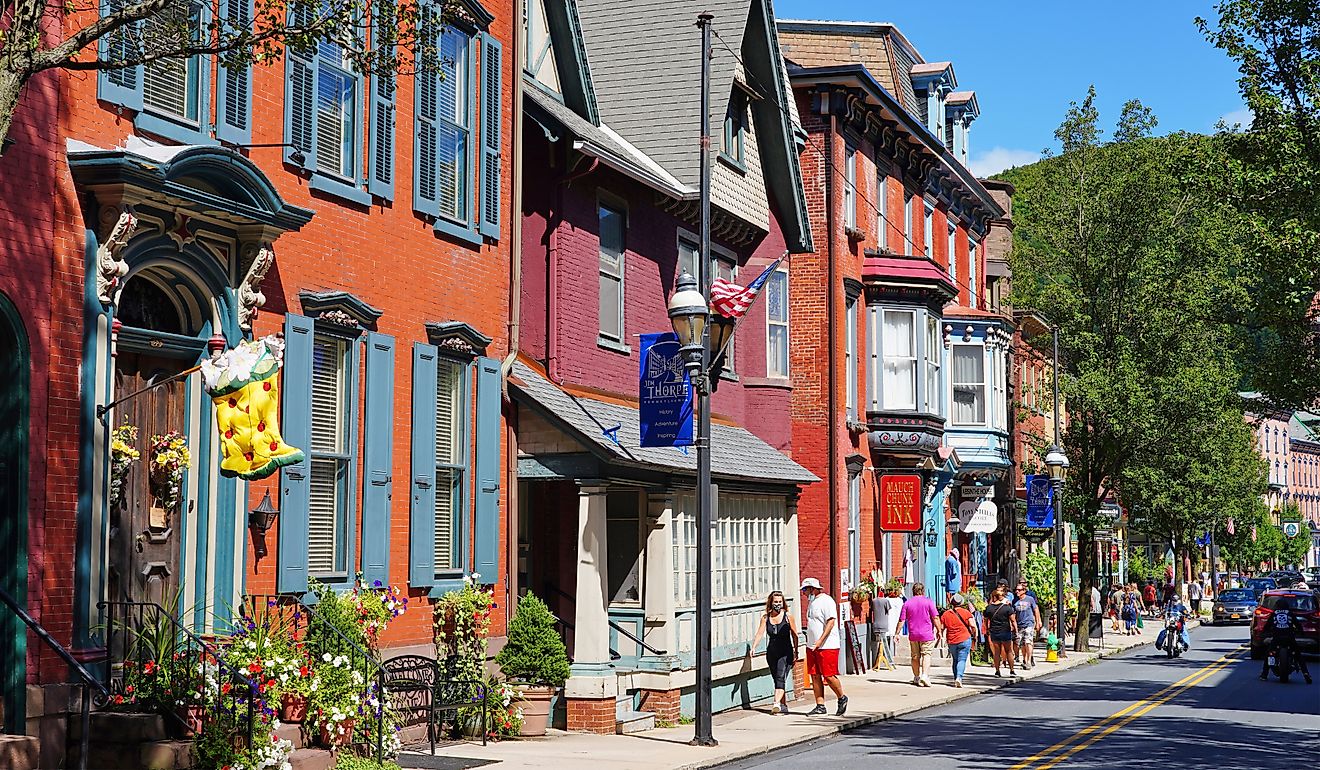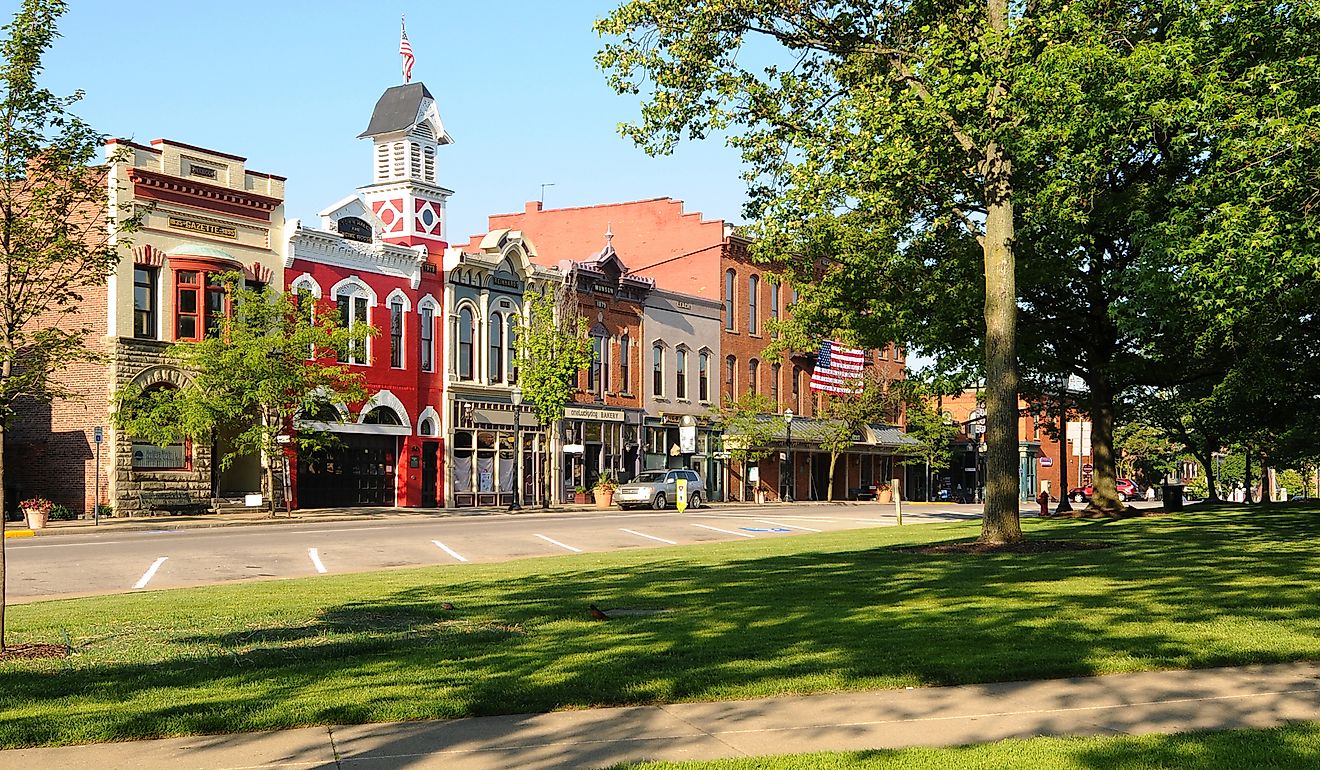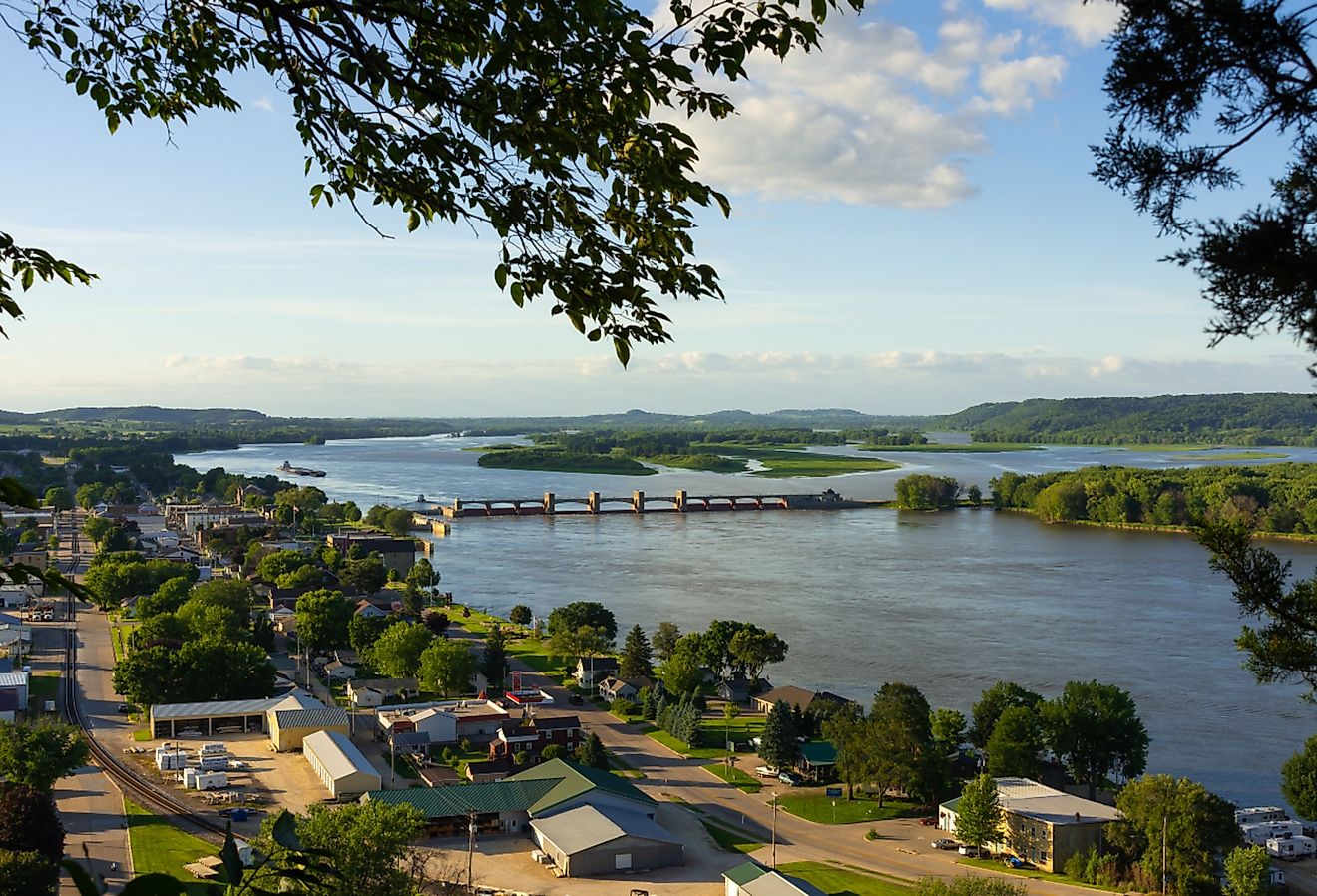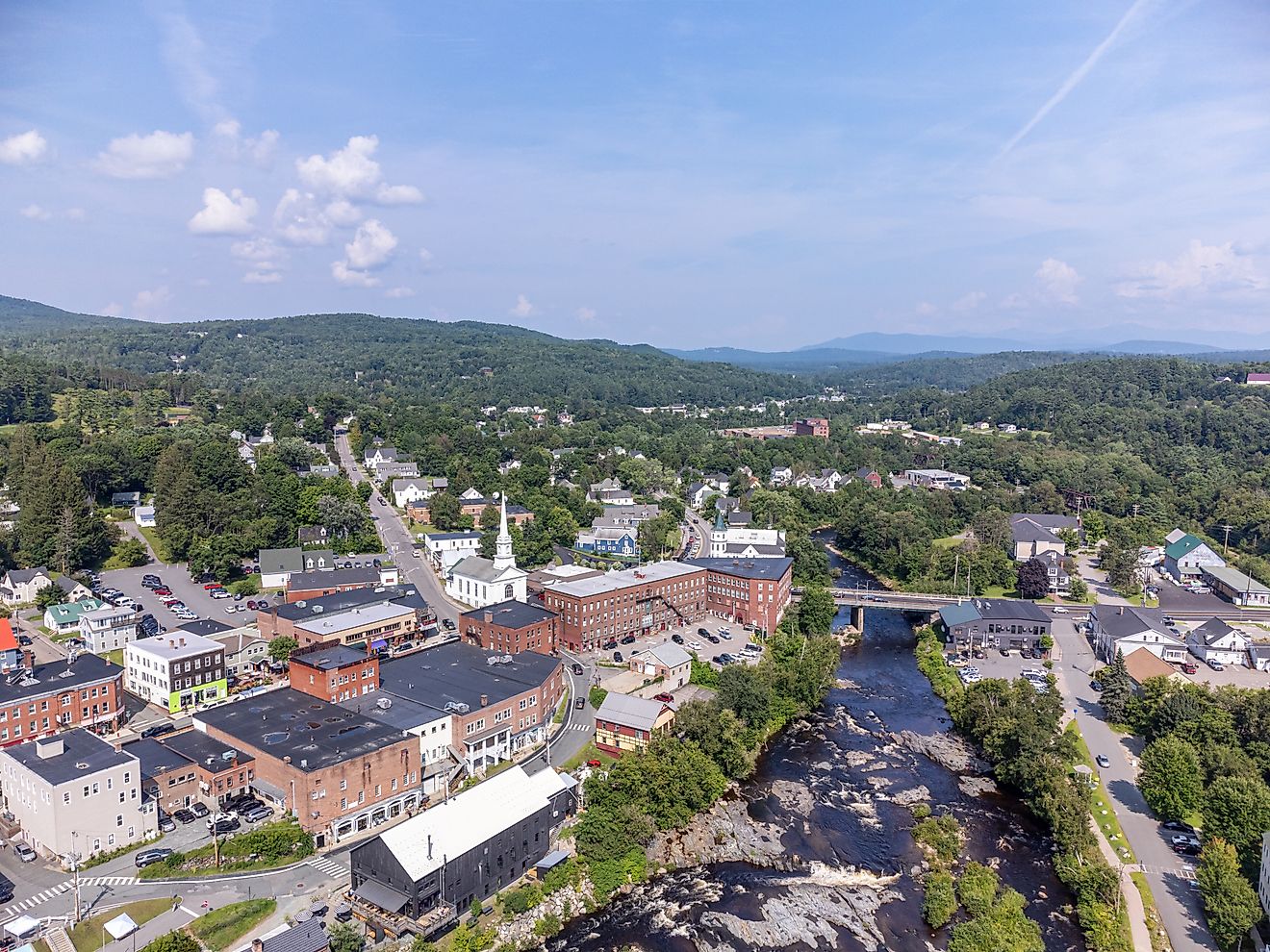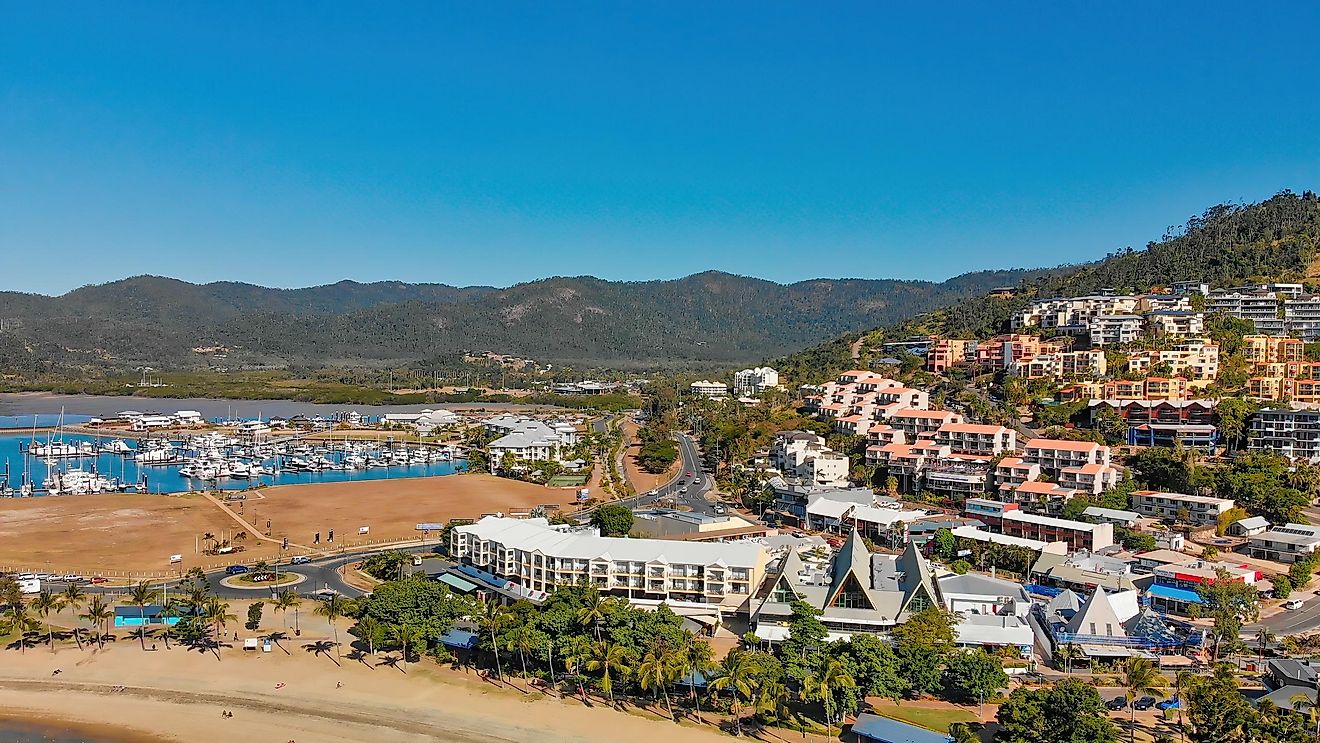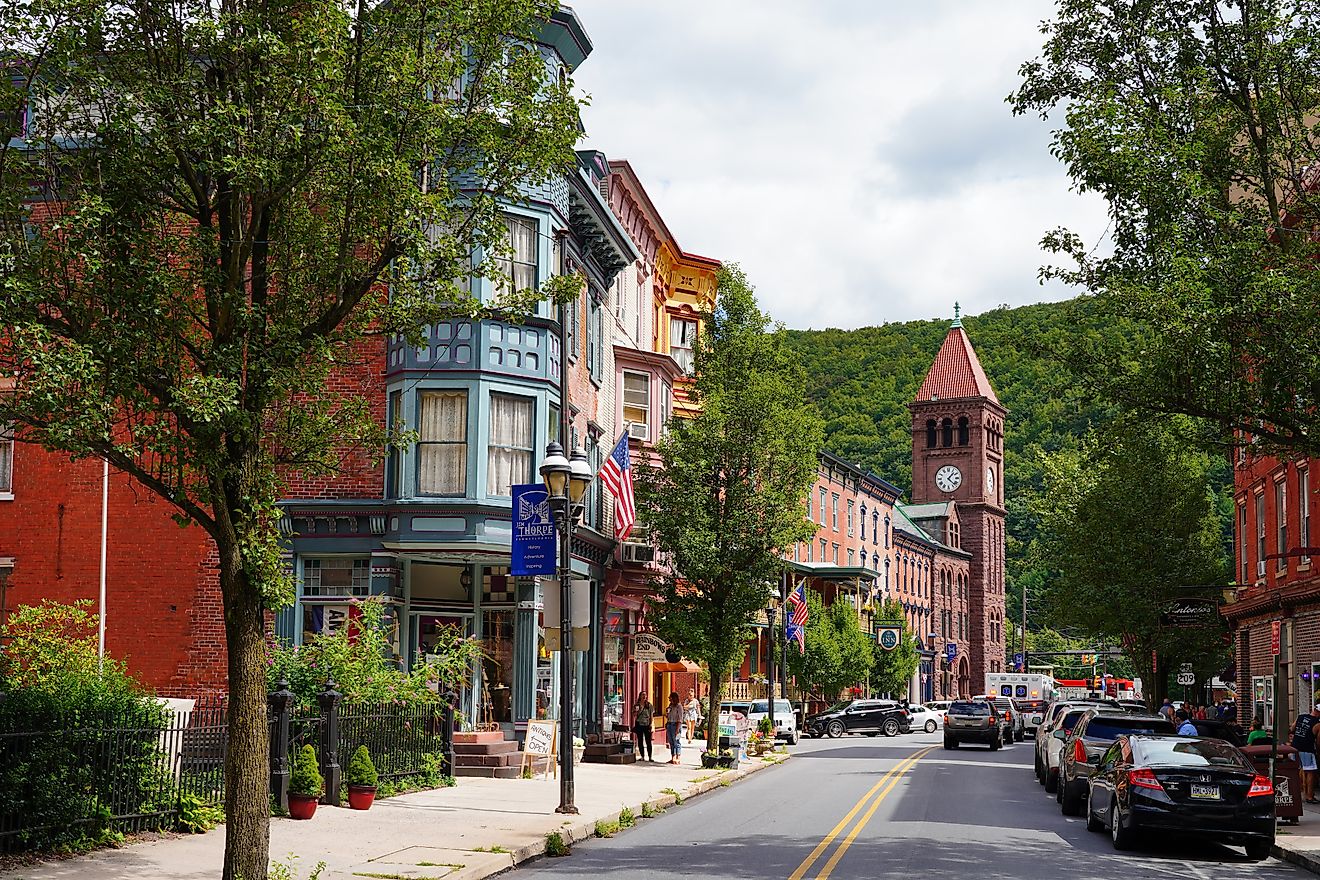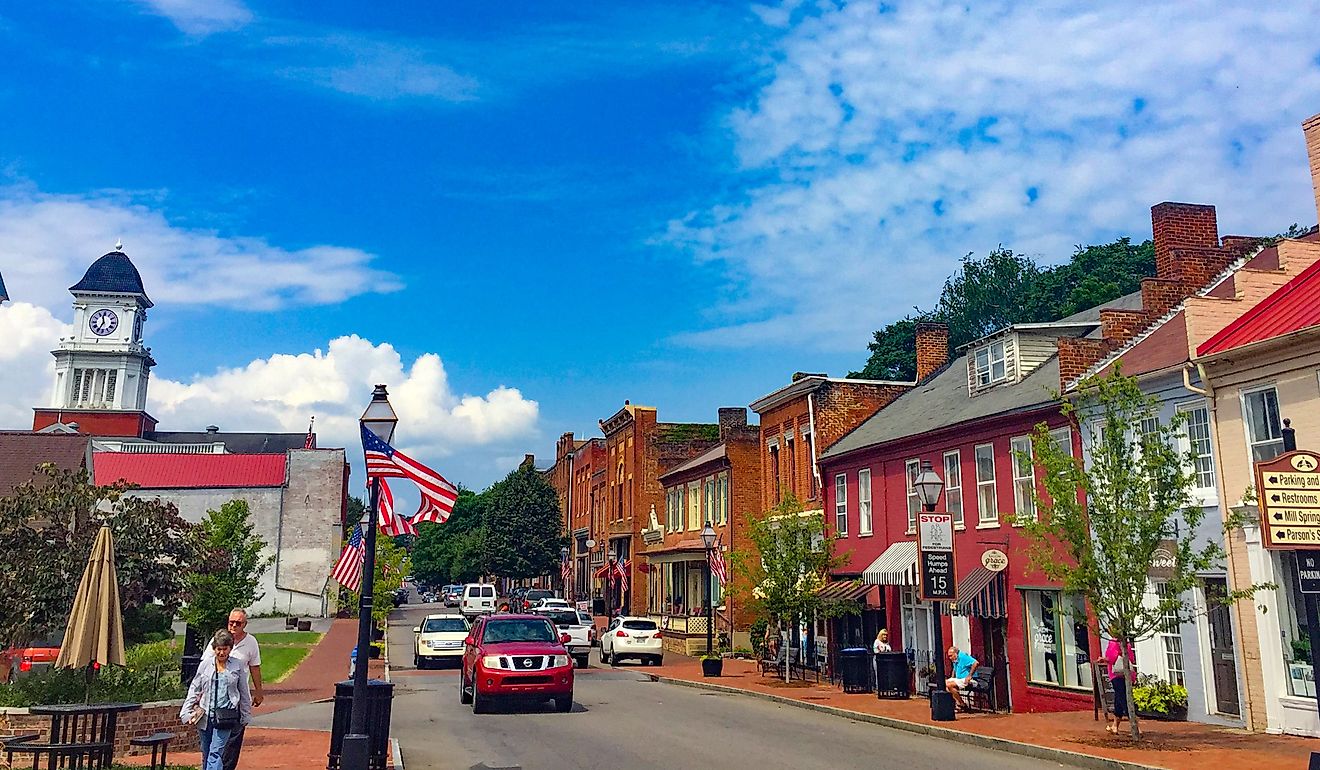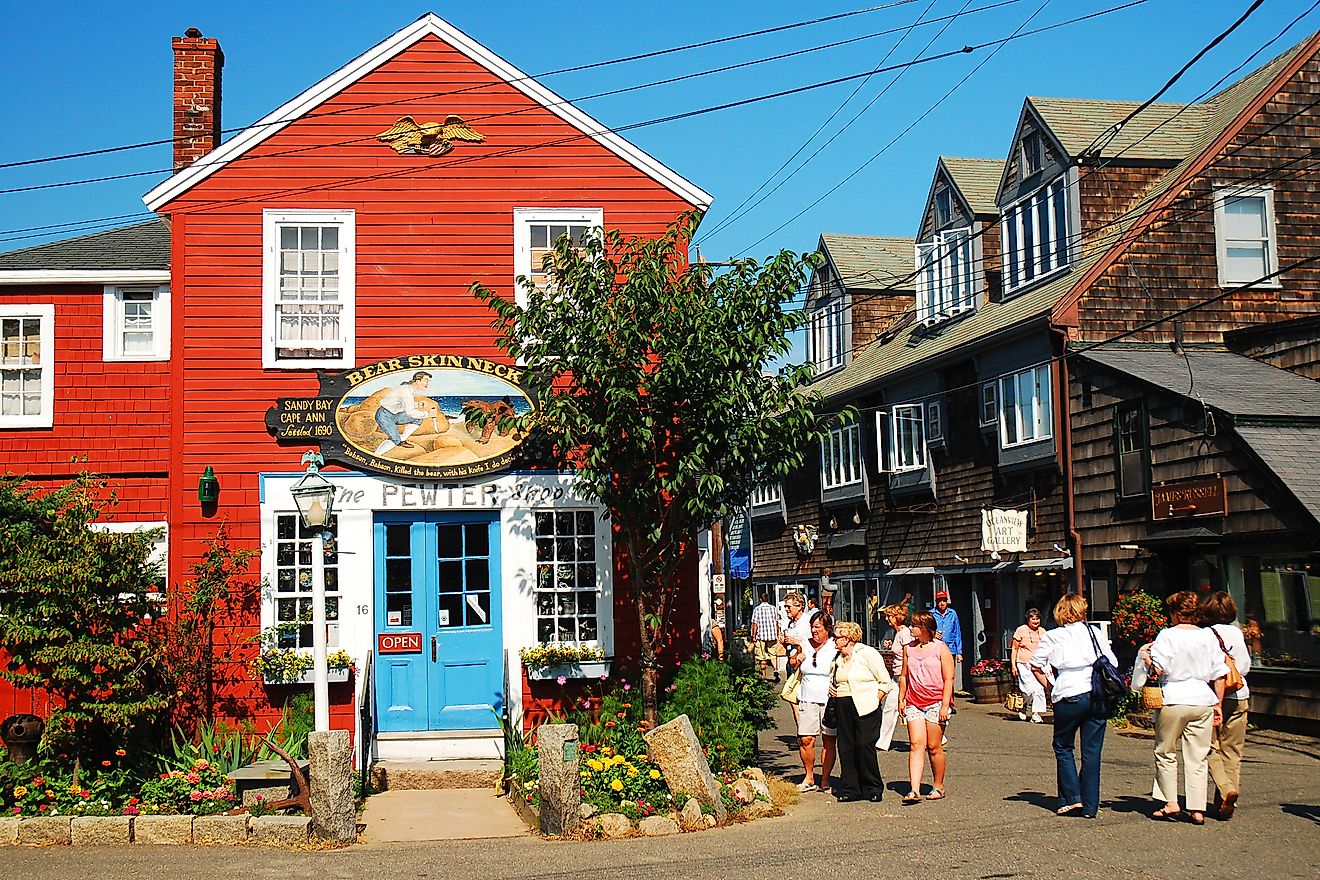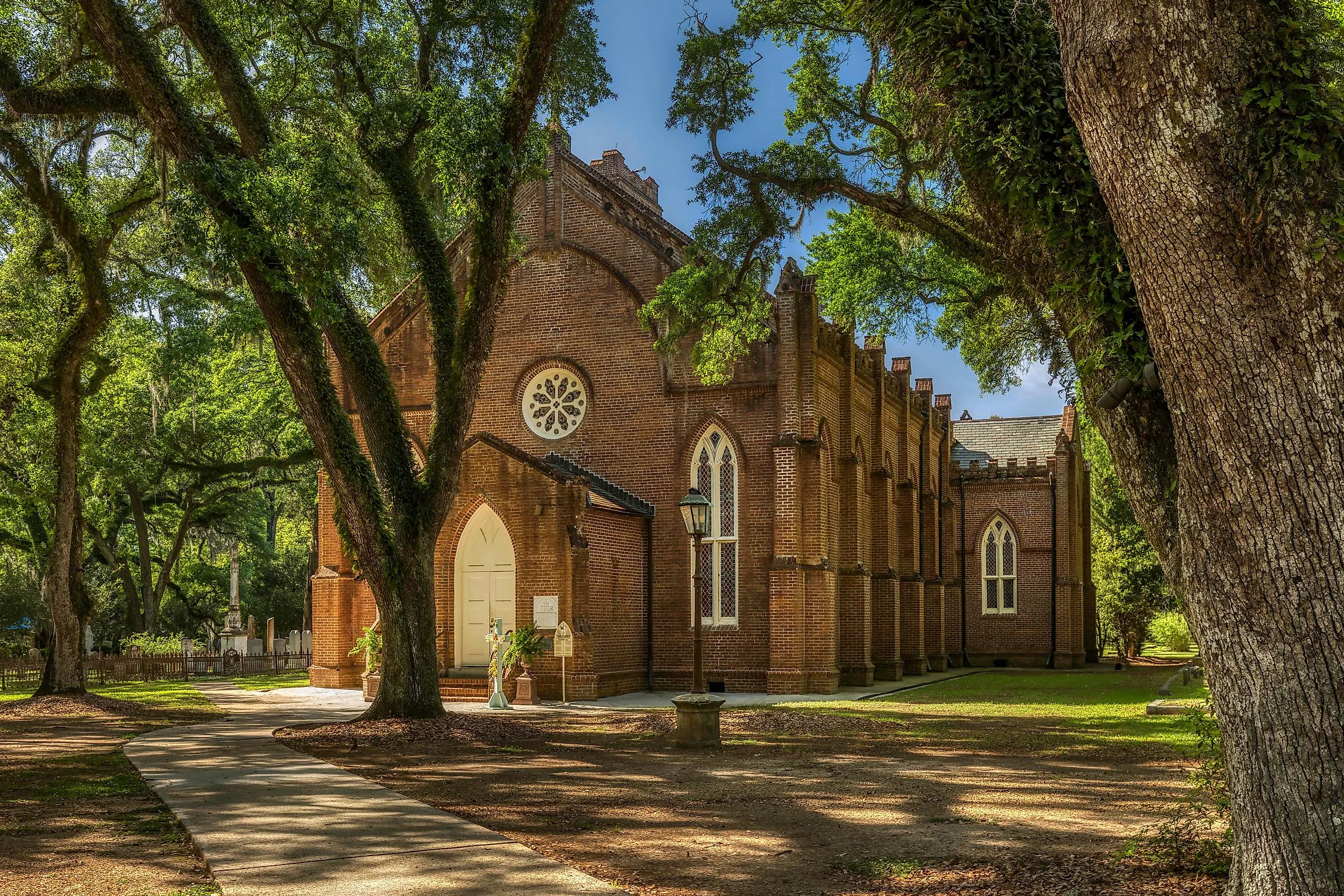
7 Cutest Small Towns In Louisiana
Louisiana is a Southern state rich in history and culture. The United States bought the region from France in the 1803 Louisiana Purchase, doubling the size of the United States. While many people are familiar with New Orleans for its famous music scene and Cajun influence, there are several small towns in Louisiana worth visiting to experience a true local flavor. These are some of the many other towns in Louisiana not yet explored by tourists waiting for you to visit during and after 2025.
Breaux Bridge

Breaux Bridge is known as the “Crawfish Capital of the World.” The town is in the southern part of Louisiana near New Orleans. Settled by the French-speaking Canadian immigrants known as Acadians, or “Cajuns,” in the 1770s, Breaux Bridge has been influenced by Franco-American culture and Cajun cuisine ever since. Beginning in 1960, locals hosted the Crawfish Festival, drawing crowds from around the country. Nearby Lake Martin is known as one of the largest lakes with nesting birds in the state, so Breaux Bridge will be a great spot for tourists who enjoy bird watching and nature as well as learning about the ecosystems of the bayou. Saint Bernard Catholic Church was constructed in 1934 on the site of a previous church built in 1857. The site combines both French and Roman architecture and is an excellent glimpse into the cultural heritage of the area.
Covington

Covington, Louisiana, was founded in 1813 on land that had previously been Spanish territory. The town is located in the far south of the state, near the Mississippi border. Between the 1760s and 1802, Spain controlled the territory but ceded it back to France, which subsequently sold it to the United States. The land was eventually given to Joseph Pile, an immigrant who fled Haiti during the Haitian Revolution. Covington is known for an Arts District where visitors are free to enjoy the creative culture of the area. The Covington Trailhead Museum offers a view of the local history of the region from before the town's founding to the present day. H.J. Smith's Son General Store and Museum offers a glimpse into small-town life in the 1870s and is interactive for visitors.
St. Francisville
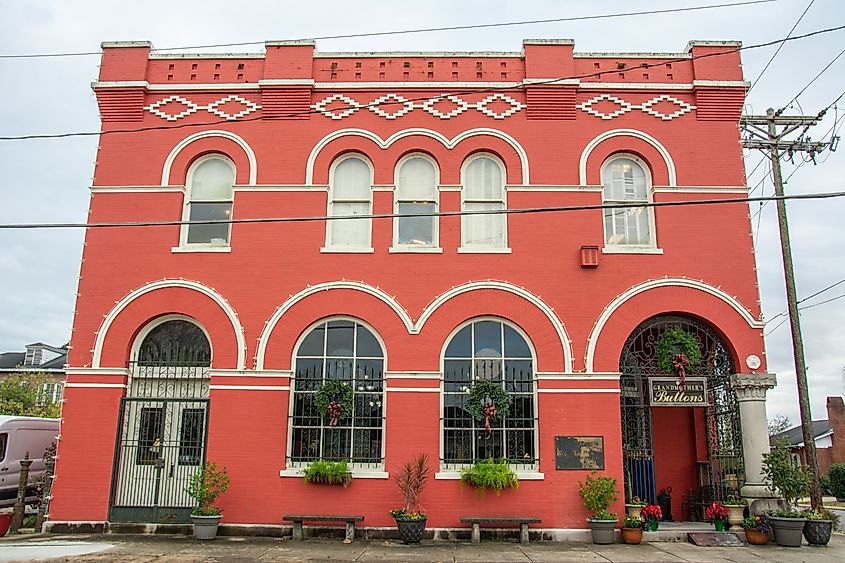
St. Francisville is known for Spanish moss and a historic main street. The area around it is hilly and surrounded by nature. Located north of Baton Rouge, St. Francisville is easy to access for visitors. The Spanish Capuchin monks initially settled the area as a burial ground and later, in the 1770s, constructed a monastery there as a place of meditation. The Tunica Hills Wildlife Management Area offers a variety of trails suitable for biking and hiking, catering to all outdoor enthusiasts who visit the area. The Cat Island Natural Wildlife Refuge features the Champion Bald Cypress, the largest cypress tree in North America. The West Feliciana Historical Society Museum is also located in St. Francisville and shows artifacts from John James Audubon, the naturalist and painter of local bird species, with many objects hailing from his visit to the area in the 1820s.
Leesville

Leesville is located in the western part of the state near the border with Texas. The town was once a contested territory with Mexico, known for its association with bandits, pirates, and general lawlessness. The Vernon Parish Tourism Center preserves many stories about outlaws who lived in the area. In town, the Ferguson House is considered a good example of Victorian architecture. In 1941, the United States Army used the area for Camp Polk to train soldiers during World War II. The area continues to invest in athletic and physical training with sites such as the Myrtle Park Pickleball Court and the Leesville Recreation Complex, both of which make for fun options and a pleasant workout in the Louisiana sunshine.
Abita Springs
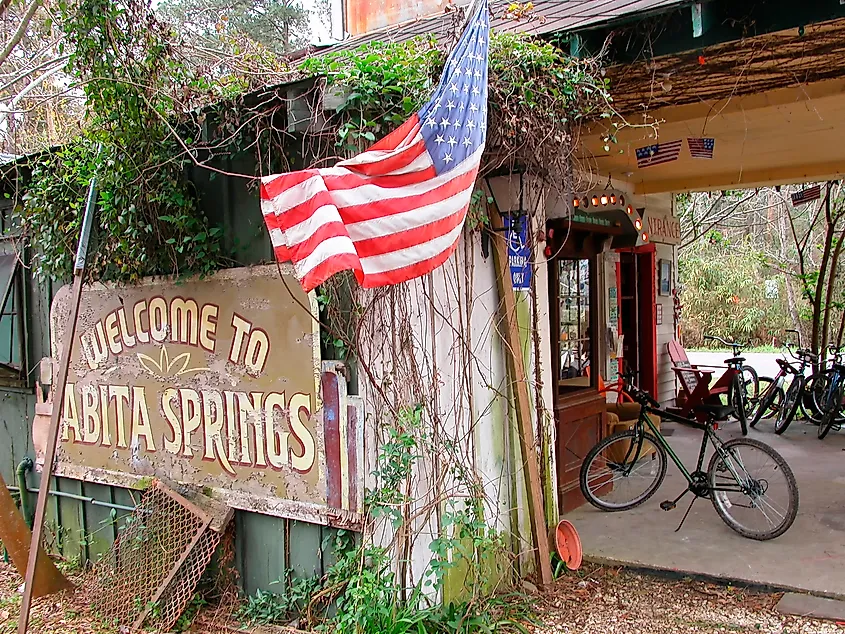
Abita Springs prides itself on being a family-oriented town and a safe place for recreation. Abita Springs is located in the southern part of the state, near the Gulf of Mexico. The springs and wildlife made it an attractive area for Indigenous Americans, as well as a location for trade and commerce. It was settled by the Choctaws before American settlers arrived in the 1820s. Shortly thereafter, Abita Springs became a resort for families escaping the summer humidity and tropical diseases in New Orleans. The town’s Trailhead Museum is located here and is free for all visitors to explore. Each April, the En Plein Air art festival is hosted here for artists to share and sell their work. On the Saturday before Father’s Day the town also hosts the Louisiana Bike Festival, which attracts cyclists from around the country.
Natchitoches
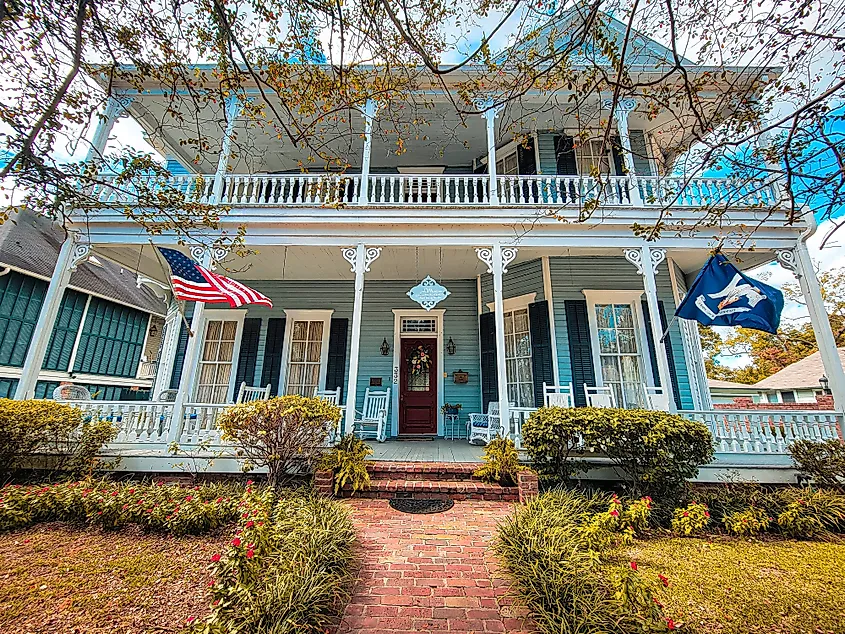
Natchitoches was once a trading post between Spanish and French settlers, and benefited from the navigable Cane River nearby. One of the largest sites in Natchitoches is the Cane River Creole National Historical Park, which covers the history of the region as well as the lives of enslaved people who lived in the area. The river flows through the historic part of the city, making it an easy way to explore. The Minor Basilica is a historic Catholic Church, founded in the 1850s, and is another historic site; much of the interior furniture is from France, a further testament to the French influence throughout the region.
West Monroe

In North Louisiana, West Monroe features rivers and bayous for a truly Louisiana experience. The Biedenharn Museum and Gardens is a complex with a variety of museums on its property, including a Coca-Cola Museum, Bible Museum, and English gardens. The Chennault Aviation and Military Museum provides a glimpse into American aviation's role in war and national defense. The museum also contains exhibits about space exploration and prominent Louisianians who took part in it. For some fresh air, Kiroli Park offers more than 150 acres of trails and recreation for visitors. From museums to nature, there is something for everyone in West Monroe.
Louisiana’s Cute Towns Are Worth a Visit
Louisiana's unique history and culture have made it a great place for tourists. The warm weather and unique ecosystems have positioned it as a hub for both trade and diverse wildlife habitats. Do not miss the chance to explore some of the lesser-known areas of the state that still hold significant historical and cultural value. Louisiana has both a rich history and a variety of unique natural habitats that visitors will enjoy. Wherever you go in the state, you are sure to find something exciting and new.
